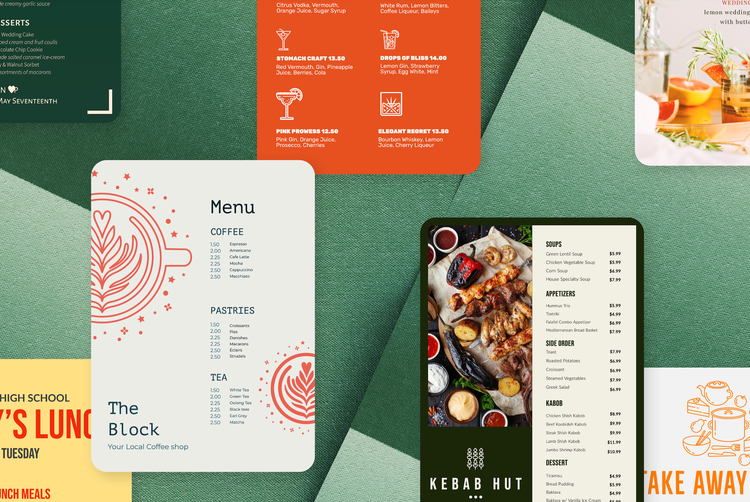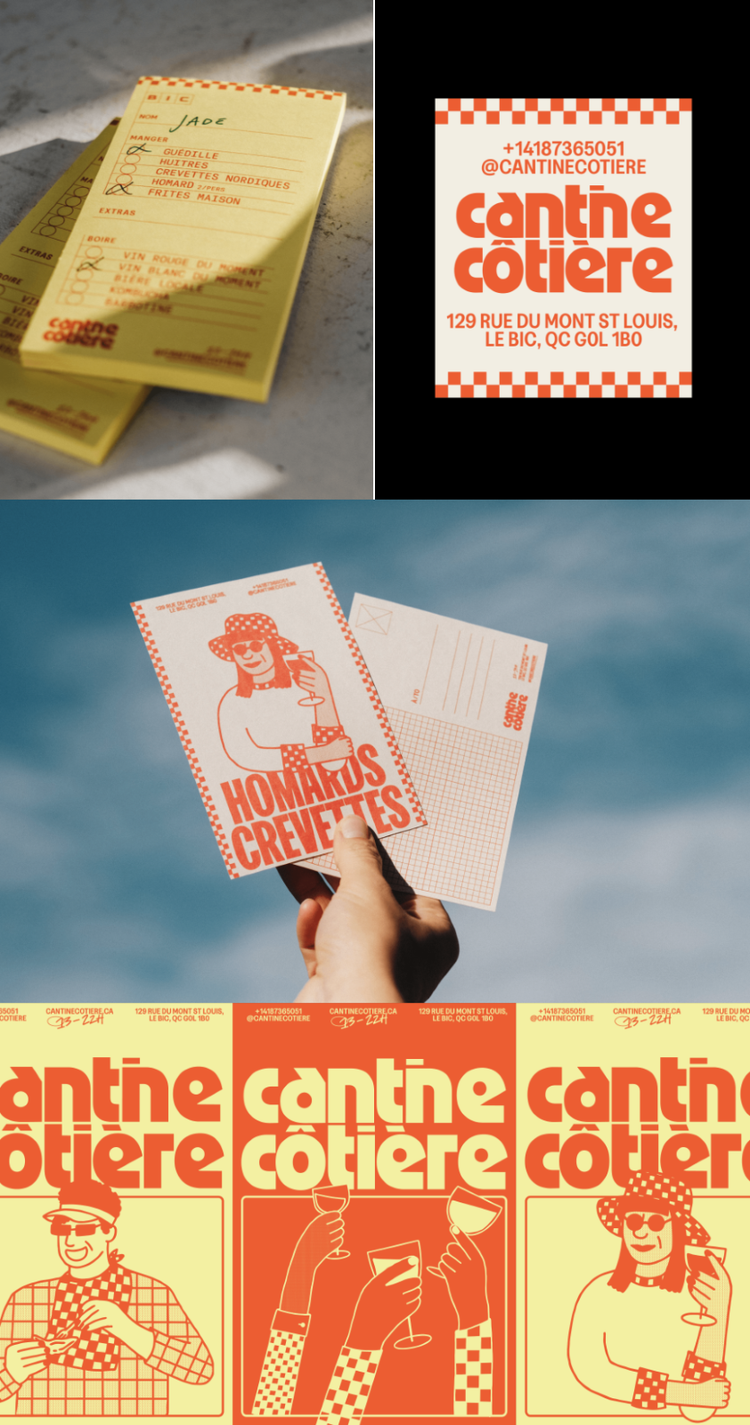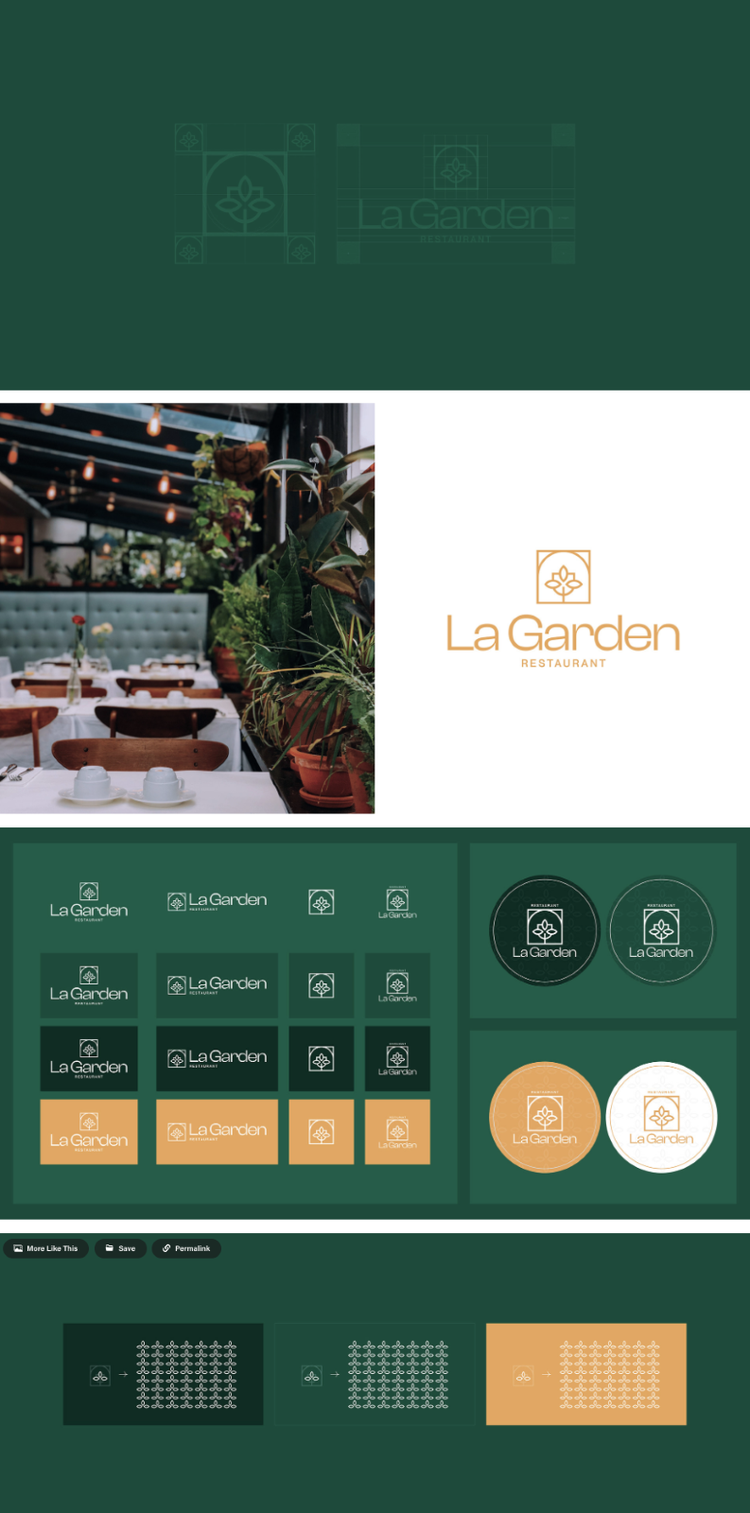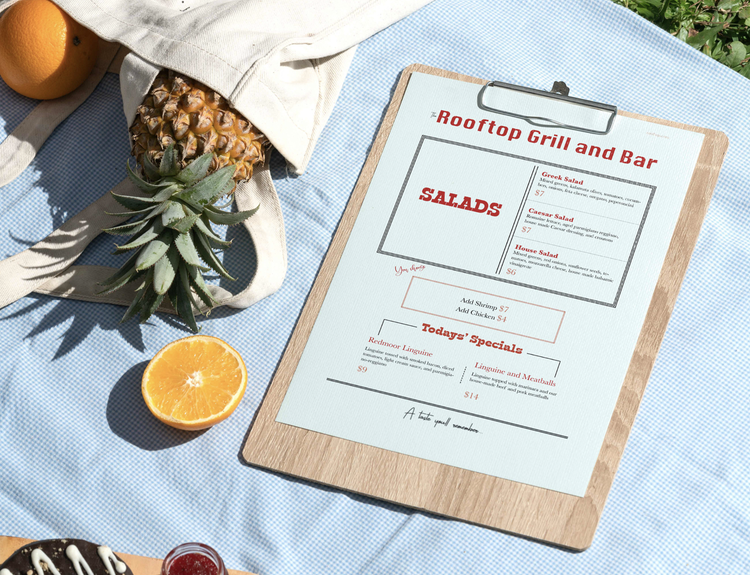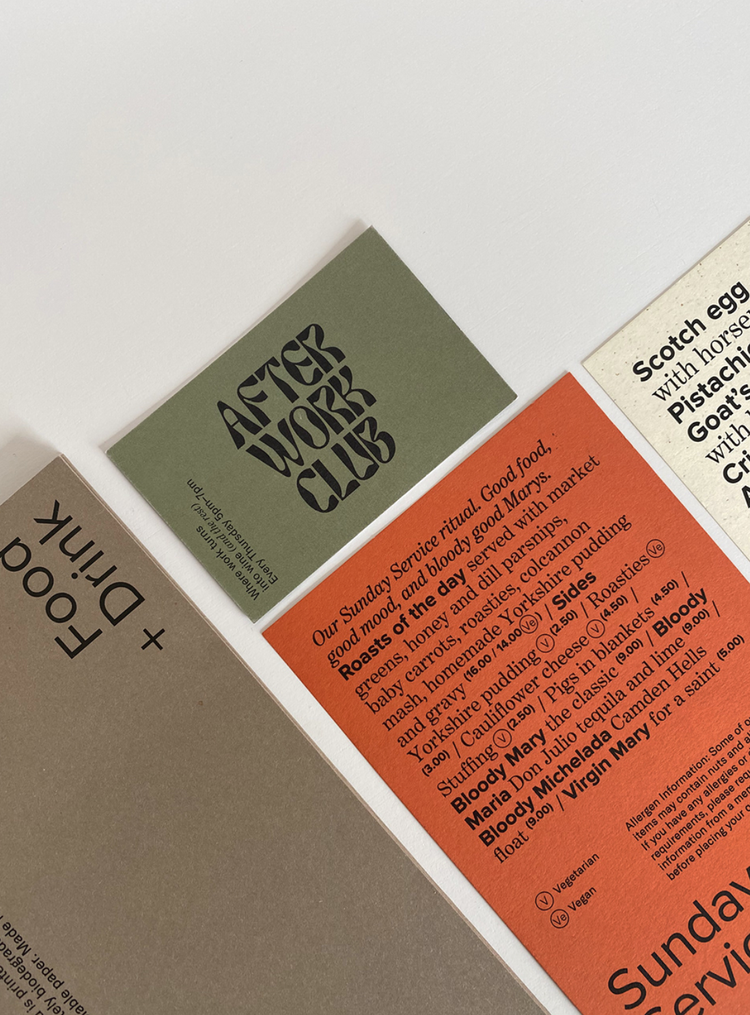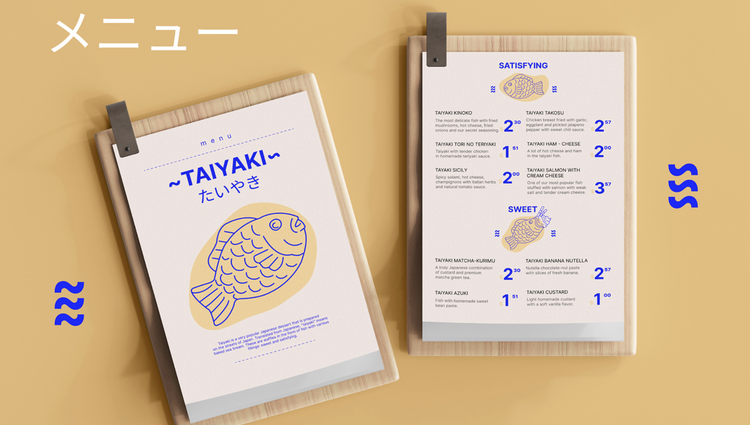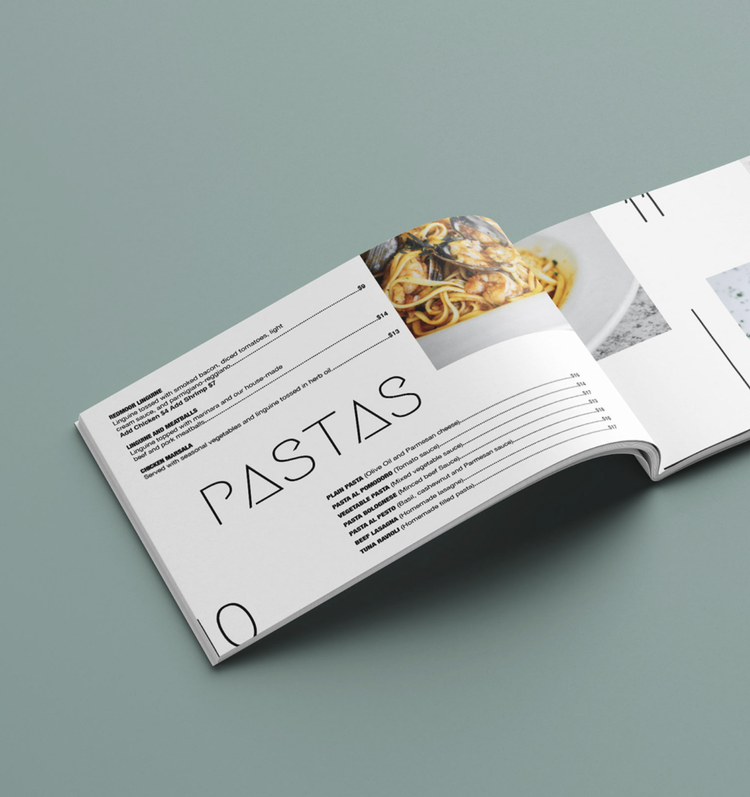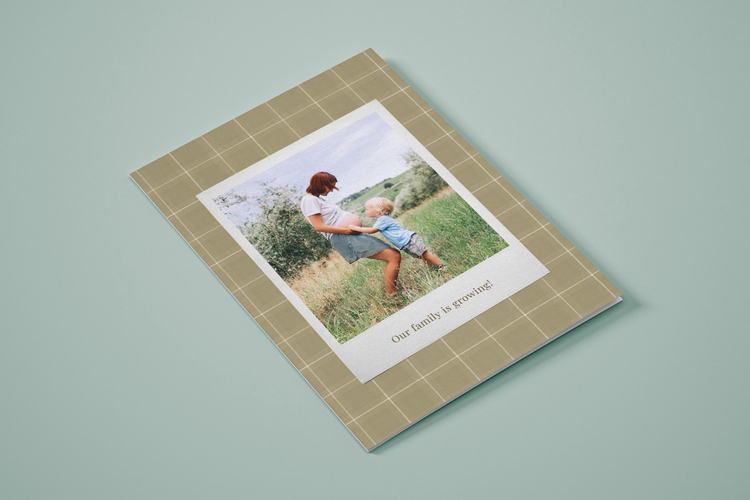Designing a good menu requires the right blend of ingredients — color, imagery, fonts, and layout come together to create a unique and memorable experience for your customers. Be sure to follow these steps to create your own restaurant’s menu:
Design principles and using style guides
Standing out is more important than ever to ensure the recognition and success of your food service business. Creating a style guide — a document to encapsulate your restaurant or café's identity, personality, and the visual language that expresses that personality — is an effective way to make sure everything about your restaurant is familiar to your customers.
The examples of restaurant style guides below by designers Deux Huit Huit and Petar Stojceski demonstrate how creating rules and guidelines help your restaurant brand design with a consistent creative voice and look.
Leading the eye: Layout and readability best practices
For a time, conventional wisdom in the restaurant industry was that the reader’s eye is drawn to a top-right position of the menu. However, thoughtful design and organization has been shown to make this “rule” beside the point — deliberate and creative choices in typography and layout help create intuitive paths to guide a menu reader’s eyes to the information you want them to see.
The first menu below from designer Lara Khoueiri shows an approach that guides the reader to round out their choices category-by-category with a top-to-bottom flow of categories. The second menu from designer Almaz Mirzayeva utilizes prominent sections, creating a reading flow for patrons to intuitively customize their appetizers as they make their way to the specials section.
Choosing typography
Use typography to elevate your menu design and create clarity for the reader. The perfect fonts can help uphold your brand style and make your menu stand out from the rest. Utilizing a small selection of different but complementary fonts helps your customers navigate sections of your menu by making clear the hierarchy of information and sequence of messaging.
The examples below from Larissa Graboski and GIRL STUDIO are examples of using fonts and typography to lead the patron through their menu options while imparting a well-branded restaurant experience.
The importance of clarity, engaging descriptions, inclusion of ingredients
Restaurant customers don't usually make their decision at random. They are familiar with their own preferences and tastes, and including ingredients and descriptions to guide patrons to the dish that will please them most is vital to a well-designed menu. Below are two menu examples from Ksenia Nosova and Gular Valiyeva that utilize a distinct voice and carefully conveyed ingredients to let customers know exactly what they can expect.
Imagery and photography
Graphic and illustrated imagery can add a distinct and colorful quality to your menu, but it is important to not create distractions from customer decision-making, or incorrect expectations of what’s coming from the kitchen. Style and color can go a long way in cultivating the vibe your business is trying to create. The menu design below by illustrator Anna K imparts a warm, nutritious, and healthful feeling to the restaurant’s organic offerings.
Including photography in your menu helps set expectations for presentation and quality of menu items, but beware: expectations can sometime be hard to meet, and your kitchen offerings must always be as appetizing in real life as in the photo. Space is also a consideration, as effective photography must be large enough to be adequately visible. Consider using a limited selection of photos to give readers an overall idea of the vibrancy of your offerings. The design created by Abderraouf GH is a well-done example of using photography in restaurant menus.
Different approaches to menus suit different types of food and drink businesses. Try these free templates for any kind of menu, whether you are serving up ice cream, craft beer, or a three-course meal.
Free restaurant templates



